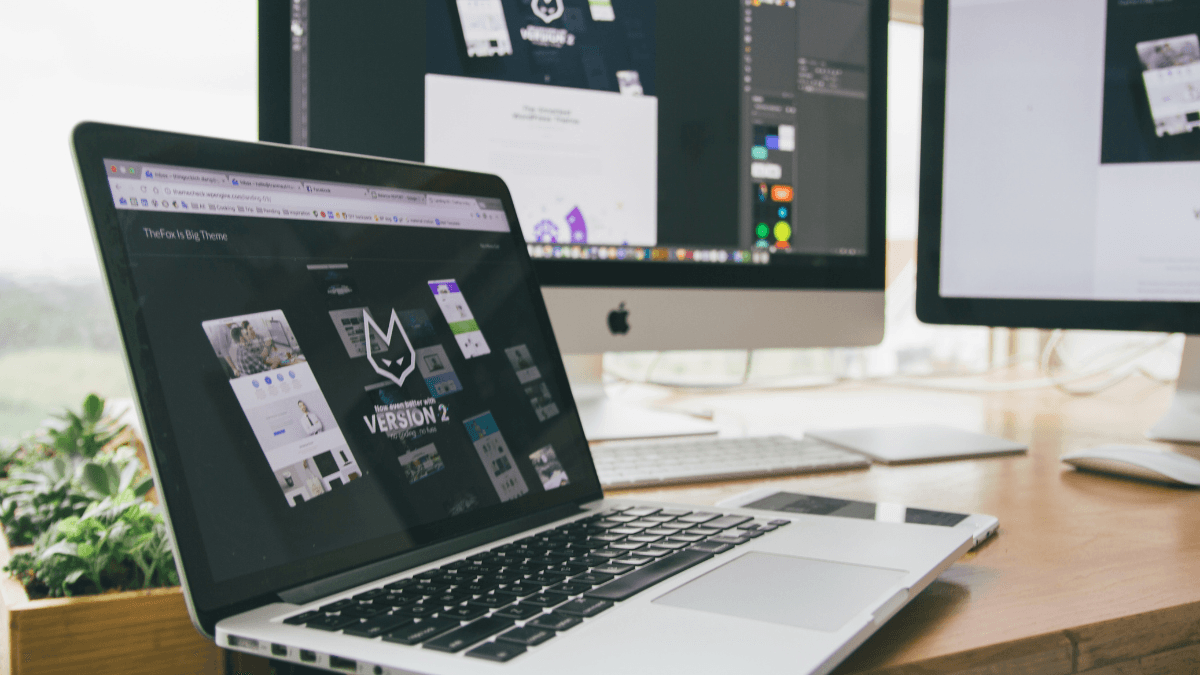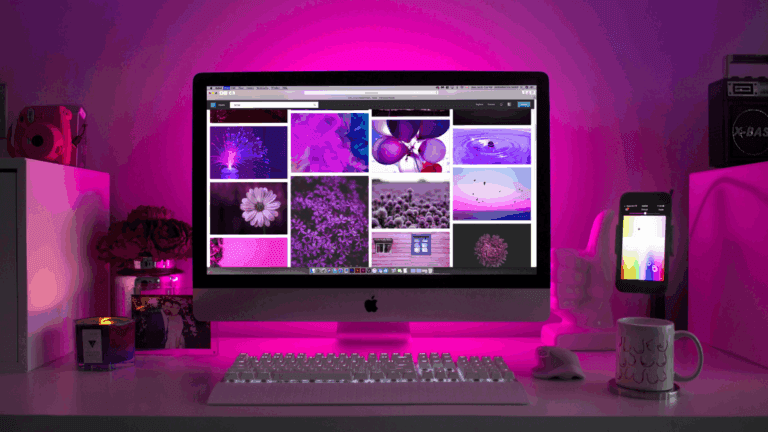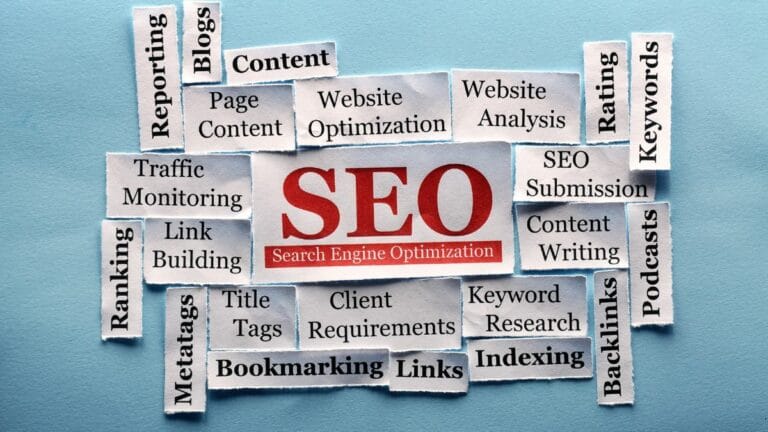Web design in 2025 is no longer just about aesthetics — it’s about experience, performance, and purpose. With faster devices, smarter users, and stricter search algorithms, websites must now blend design, usability, and technology seamlessly. Let’s explore the top web design trends shaping the digital landscape in 2025, and how they can help brands deliver both creativity and conversion.
1. UX-First Design: Simplicity Drives Engagement
User experience (UX) remains the cornerstone of modern web design. In 2025, minimalistic interfaces, intuitive navigation, and fast loading times define successful websites. Brands are moving away from heavy visuals and focusing on clarity, readability, and smooth interaction.
Key UX priorities include:
- Clear visual hierarchy
- Predictable navigation menus
- Fewer but more meaningful animations
- Accessibility compliance (WCAG 3.0 standards)
💡 Pro Tip: A clean UX not only boosts engagement but also directly impacts SEO — Google’s Core Web Vitals still reward fast, user-friendly websites.
2. Performance-Centric Development
A beautiful website that loads slowly no longer works in 2025. Performance has become a strategic ranking factor and a core element of user trust. Developers now rely on lightweight frameworks, server-side rendering (SSR), and CDNs to achieve near-instant loading speeds.
Popular technologies this year:
- js / Nuxt.js for SSR
- Tailwind CSS for clean, fast styling
- WebP & AVIF formats for optimized media
- Lazy loading for images and scripts
🚀 The future belongs to sites that look great and perform flawlessly across all devices.
3. AI-Driven Personalization
Artificial intelligence is revolutionizing web experiences. In 2025, smart websites adapt dynamically to each visitor using AI-driven personalization. Think of landing pages that automatically change headlines, colors, or CTAs based on the visitor’s behavior or location.
Examples of AI in design:
- Product recommendations tailored in real time
- Smart chatbots that act as digital assistants
- AI-generated layouts based on user interaction patterns
This shift allows businesses to increase engagement and conversion rates while maintaining a highly scalable design process.
4. Dark Mode and Neo-Minimalism
Dark mode isn’t new, but in 2025, it’s become the default experience for many interfaces. Designers now use high-contrast palettes, neon accents, and futuristic typography to create immersive visual experiences.
Alongside, neo-minimalism is rising — an evolved form of minimalism that blends strong typography, muted colors, and micro-interactions to convey sophistication without clutter.
💬 Trend Insight: The less you show, the more you guide. Simplicity improves comprehension and creates emotional calm — two essential factors for modern digital users.
5. Motion Design & Micro-Interactions

Micro-interactions — subtle movements when users hover, scroll, or click — are key to keeping visitors engaged. In 2025, web motion isn’t just decoration; it’s a communication tool. Motion design guides the user’s attention, reinforces brand personality, and provides instant feedback.
Examples:
- Smooth scroll-triggered animations
- Interactive icons and hover states
- Dynamic content reveals for storytelling
When done right, these small touches make the browsing experience feel more human and memorable.
6. Sustainable Web Design
Sustainability is now a real trend in digital. Websites are being designed to consume less energy — by reducing data transfer, compressing images, and optimizing scripts. Eco-conscious design is not only ethical but also correlates with performance, leading to faster sites and happier users.
Forward-thinking brands now promote their websites’ low-carbon footprint as part of their corporate responsibility.
Final Takeaway
In 2025, the best web design isn’t about being flashy — it’s about being functional, fast, and future-ready. The winning formula combines human-centered UX, AI-driven adaptability, and performance-first development. For businesses, staying ahead means investing in design that evolves — because in the digital world, design is no longer decoration; it’s strategy.





